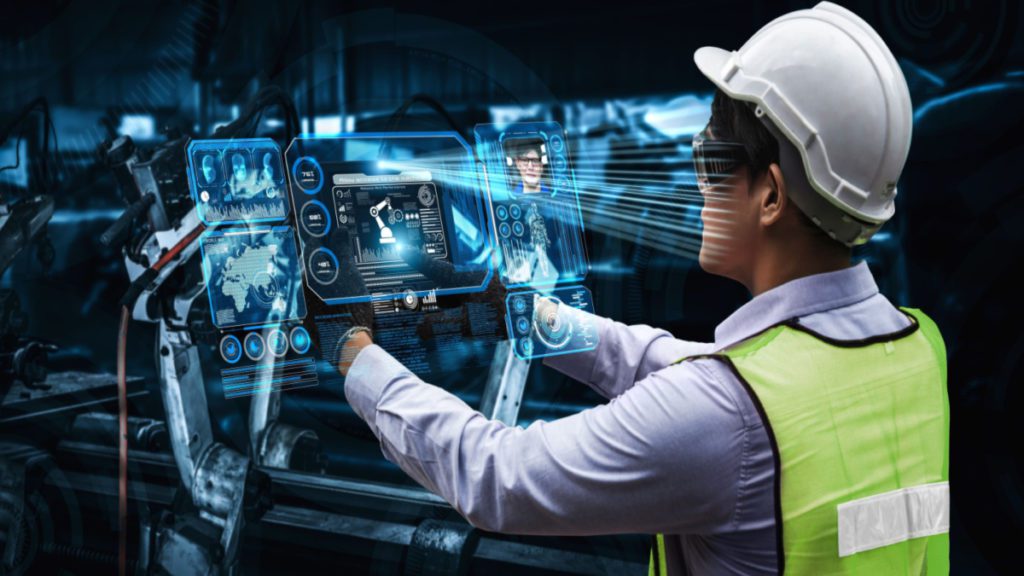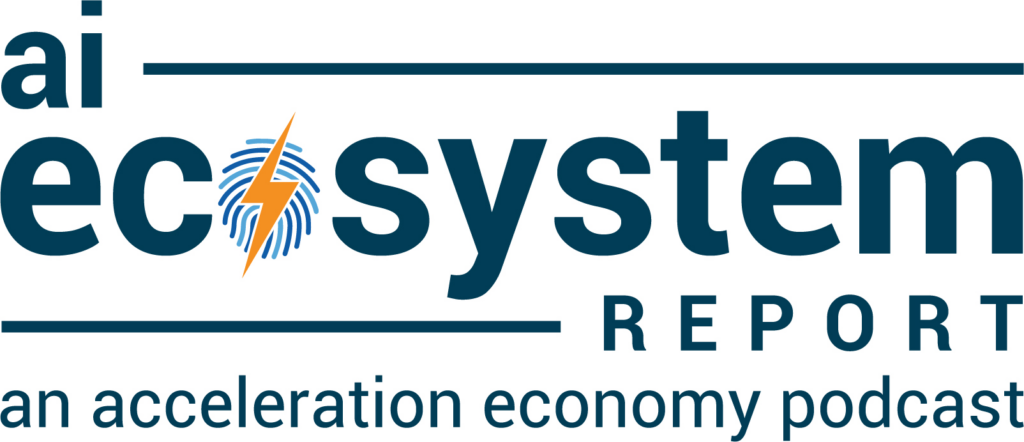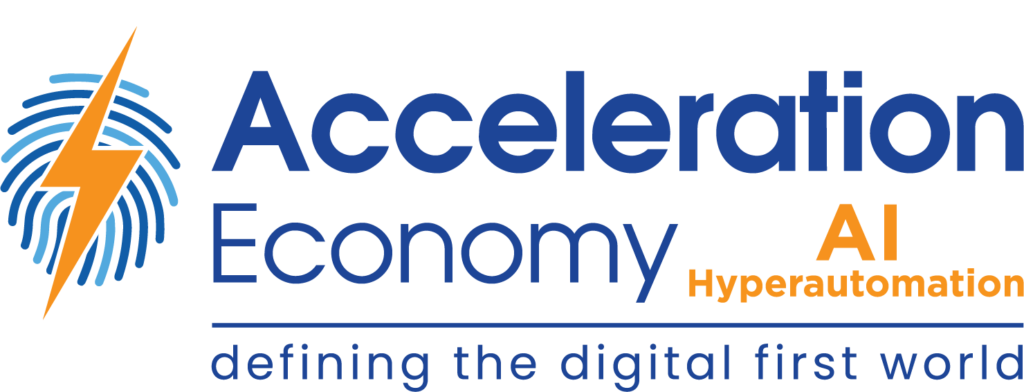There is a lot of excitement about how AI and machine learning are changing the conversation in businesses today and how they will affect nearly every industry in the future years. The ability of robots to interpret, analyze, and assign meaning to pictures in a manner analogous to that of the human brain is one of the more fascinating potential uses of artificial intelligence (AI).
Artificial intelligence has made significant advances in business. Whether it’s aiding in the screening and detection of disease through medical imaging or enabling self-driving cars to effectively perceive their environment, image recognition technology is on the rise.
In the visual realm, the terms “artificial intelligence” is often used interchangeably with “image recognition,” as the two are often considered to be the same thing when discussing emerging technologies like augmented reality, virtual reality, and computer vision. Digital photos and videos are used in this technology to elicit more detailed responses from end users. Even without realizing it, we frequently engage in mundane interactions with computer vision technologies like facial recognition.
Healthcare, marketing, transportation, and e-commerce are just a few of the many applications of image recognition technology. It can help you classify photographs by locating certain things inside them. One of the most promising areas of research and development today is on this new and emerging technology, which has the potential to revolutionize many industries and improve the quality of life for people everywhere from healthcare (through more precise diagnosis of diseases, like cancer) to finance (through the detection of fraud through analysis of images of banknotes).
The accuracy of an image recognition system is vital, but other characteristics, such as speed, adaptability, and the ability to learn on the fly, may also be significant depending on the use case.
Prioritized Criteria When Evaluating Image Recognition Systems
Accuracy in picture identification is the primary metric for evaluating image recognition tools. In most cases, factors like speed and adaptability are considered later. To evaluate various options, businesses need access to labeled data to utilize as a test set. Solutions that are taught using a company’s own data often outperform those that are purchased pre-trained. Businesses may opt not to spend money on developing a bespoke model if a pre-trained solution is already available and would achieve the necessary accuracy.
Users shouldn’t jump to conclusions based on a single assessment, either. Since the success of an image recognition solution relies on the application, a provider that excels in face recognition may not be the best choice for a vehicle identification solution.
“How well an image recognition solution works depends on what it’s being used for, don’t generalize it for every application.”
Existing Commercial Applications of Image Recognition Technology
Production-Line Quality Assurance Inspections and Testing
Today, the production and manufacturing sector is the most common user of image recognition software. The use of human eyes is necessary for many inspections in this industry, including quality control.
Anomaly detection on a massive scale is a natural fit for image recognition applications. As with human inspectors, machines may be taught to discover flaws that prohibit a product from satisfying quality standards, such as mold on food or paint chips. The inspection of different parts during packaging, when the machine does the check to determine if each part is there, is another common use.
Manufacturing for the Automobile Sector
Even though they are not yet widely available, autonomous vehicles are making great headway toward becoming the norm. Image recognition has a lot to do with how successfully self-driving cars are able to traverse the environment without a human behind the wheel. Multiple video cameras, in conjunction with lidar and radar sensors, are able to detect traffic signals, read road signs, and track other cars, all while keeping an eye out for pedestrians and other types of obstructions.
The advantages of having automobiles that drive themselves are numerous and significant. Autonomous vehicles have the potential to lessen the severity of traffic jams, cut down on the number of accidents, and increase emissions compliance. The reason for this is that robots are far better than people at adhering to rules and are also a lot quicker when it comes to reacting to unexpected diversions.
Since 2009, Google’s Waymo project has been doing research and development on self-driving automobiles under the auspices of its parent company. It has even constructed a tiny village in the middle of the Arizona desert to test its algorithm on various life scenarios.
These kinds of technological advances are essential for self-driving automobiles since, in contrast to many other fields of work, there is very little room for error. Because human lives are riding on the results of this algorithm’s work, each and every image frame that it processes needs to be precisely examined in real time as quickly as is physically possible.
“Image recognition accuracy heavily relies on the training data and autonomous vehicles is the perfect example to attest it.”
Potential Uses in the Field of Security and Surveillance
The human eye is also frequently required in camera-based surveillance applications. Keeping an eye on many displays at once is an arduous task that needs undivided attention. It is possible to train a computer to identify people or objects based on their appearance using image recognition. In addition to its obvious security benefits, surveillance technology has a wide range of additional applications. Accidents involving heavy machinery can be avoided, for instance, if pedestrians and other vulnerable road users are isolated in certain areas of industrial facilities.
Automating Traditionally Manual Administrative Procedures
Orders, purchase orders, mail, and forms may all be processed more quickly and efficiently with a little bit of automation. This may be achieved by the integration of several AI methods, including image recognition. One method of doing this is using optical character recognition (OCR). But OCR doesn’t have any sort of intelligence built in to interpret the data.
Then, we employ natural language processing (NLP) methods like named entity recognition to look for such entities in the text. However, when combined with other forms of image recognition technology, the possibilities expand greatly. Consider exterior indicators on containers, vehicles, and ships being used to trigger automated scanning.
These are just a few of the common applications of image recognition technology, but there are countless more ways in which this cutting-edge science may be put to use to help businesses of all sizes succeed. One such business that has solved the real business problem is WISY, which has built an intelligent platform that provides real-time intelligence from shelf images in supermarkets to achieve control at scale, reduce loss, and sell more effectively in any retail location.
As a judge at the Cloud Wars Expo Innovation Path, I had the pleasure of hearing WISY present its product and the innovative ways in which it’s employing image recognition technology to collect shelf data and improve retail execution and operations to a remarkable 98% accuracy. WISY is a great illustration of how this type of technology may be used to address ingenious business challenges.
Google‘s Cloud Vision API, Clarifai, Amazon‘s Rekognition, and IBM‘s Watson Visual Recognition are just a few examples of the numerous available image recognition toolkits given by industry leaders. You may utilize the APIs provided by these suppliers to try out your business process and interface with their products.
Looking for real-world insights into artificial intelligence and hyperautomation? Subscribe to the AI and Hyperautomation channel:








